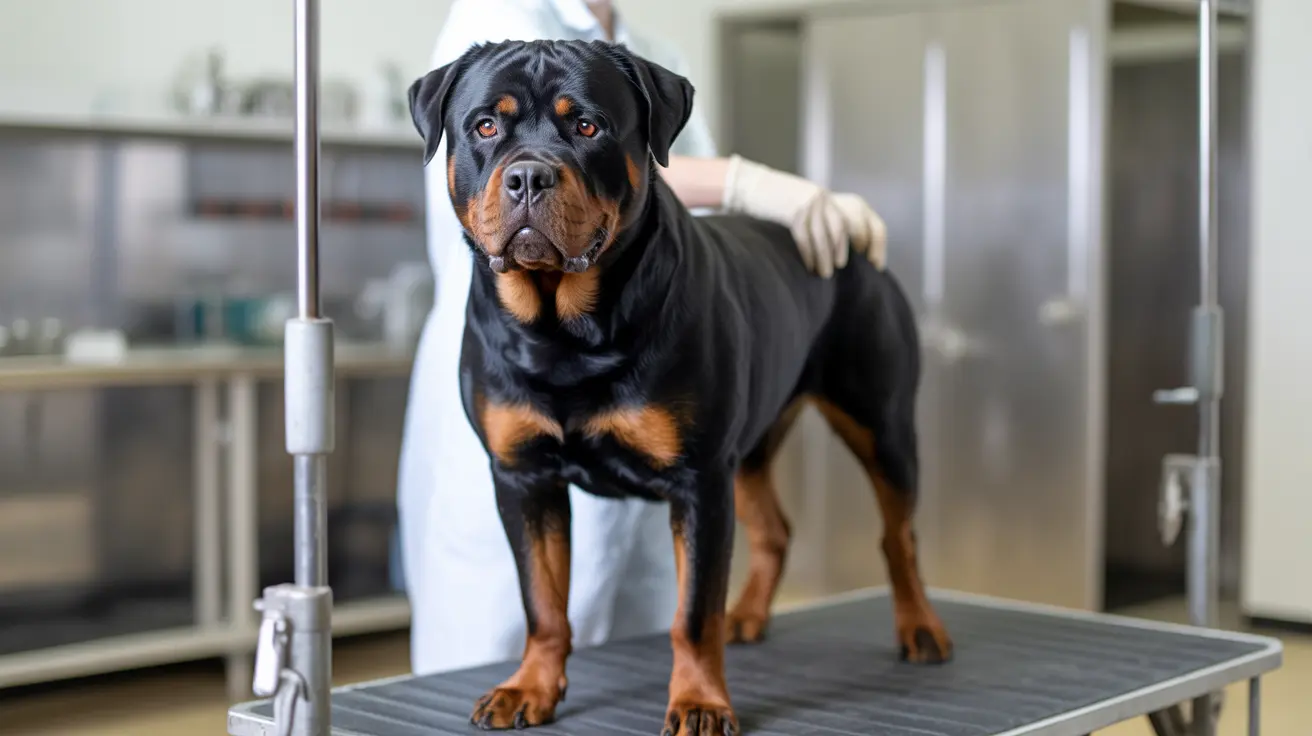What is a Breeding Stand for Dogs?
A breeding stand for dogs is a specialized piece of equipment designed to support and stabilize female dogs during the breeding process. These devices typically feature an adjustable frame with padded supports that help position the female dog safely during natural mating or artificial insemination procedures.
These stands are primarily used in professional breeding facilities and veterinary settings where controlled breeding conditions are necessary for safety or medical reasons. They're particularly relevant when dealing with significant size differences between breeding pairs or when artificial insemination is required.
When and Why Breeding Stands Are Used
Professional breeders might consider using a breeding stand in specific situations:
- During veterinary-supervised artificial insemination procedures
- When there's a significant size difference between breeding pairs
- For inexperienced breeding dogs requiring additional support
- In cases where medical conditions necessitate assisted breeding
It's important to note that breeding stands should never be used as a primary solution for unwilling or aggressive dogs, as this could raise serious ethical concerns and potentially cause trauma to the animals.
Safety Considerations and Best Practices
When using a breeding stand for dogs, several safety protocols must be followed:
- Always have veterinary supervision or professional guidance
- Ensure proper sizing and adjustment of the equipment
- Monitor the dog's stress levels and overall comfort
- Use padding and supports appropriate for the dog's size
- Maintain strict cleanliness and sanitization standards
Professional breeders should prioritize the physical and emotional well-being of their dogs above all else, using breeding stands only when necessary and appropriate.
Ethical Considerations in Dog Breeding
The use of breeding stands raises important ethical considerations that responsible breeders must address:
- Natural breeding should always be the first choice when possible
- Breeding stands should never be used to force unwilling animals
- Regular veterinary check-ups should guide breeding decisions
- Alternative methods should be considered before using mechanical aids
Professional Standards and Legal Requirements
Different regions have varying regulations regarding dog breeding practices. Professional breeders should:
- Maintain current knowledge of local breeding regulations
- Keep detailed records of all breeding activities
- Work closely with licensed veterinarians
- Obtain necessary permits and certifications
- Follow industry best practices for animal welfare
Alternative Approaches to Assisted Breeding
Before considering a breeding stand, explore these alternatives:
- Natural breeding in controlled environments
- Behavioral training and socialization
- Veterinary-supervised artificial insemination
- Environmental modifications to encourage natural mating
- Professional handler assistance during breeding
Frequently Asked Questions
What is a dog breeding stand and how does it help during mating?
A dog breeding stand is a support device that helps stabilize and position female dogs during breeding procedures. It provides safety and support during both natural mating and artificial insemination, particularly when dealing with size differences between breeding pairs.
When should a breeder consider using a breeding stand for dogs?
Breeding stands should be considered only when medically necessary, during veterinary-supervised procedures, or when significant size differences between breeding pairs create safety concerns. They should never be used as a first resort or to force unwilling animals.
Are breeding stands safe and ethical to use in dog breeding?
When used properly under professional supervision, breeding stands can be safe. However, their use raises ethical considerations and should be limited to necessary situations where alternative methods aren't suitable. The focus should always be on the dogs' welfare and comfort.
How do legal regulations affect the use of breeding stands and overall dog breeding practices?
Legal regulations vary by region but generally require adherence to animal welfare standards, proper licensing, and veterinary oversight. Breeders must stay informed about local laws governing breeding equipment and practices.
What are practical alternatives to using a breeding stand when dogs are anxious or uncooperative?
Alternatives include behavioral training, creating comfortable breeding environments, working with professional handlers, and considering veterinary-supervised artificial insemination. Natural breeding should always be the preferred method when possible.
Remember, responsible breeding practices prioritize the health and well-being of both parent dogs and their offspring. While breeding stands can serve a purpose in specific situations, they should never replace proper breeding practices or be used to circumvent natural breeding behaviors.






